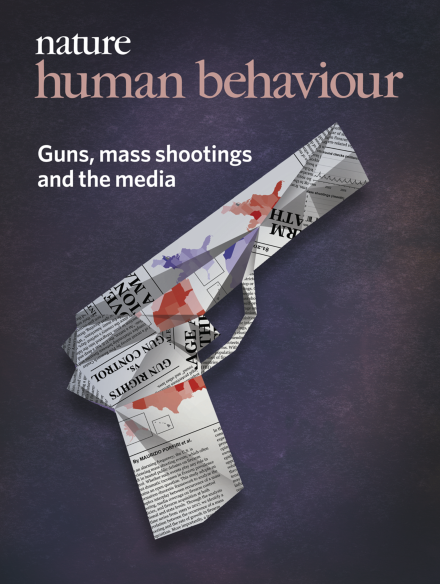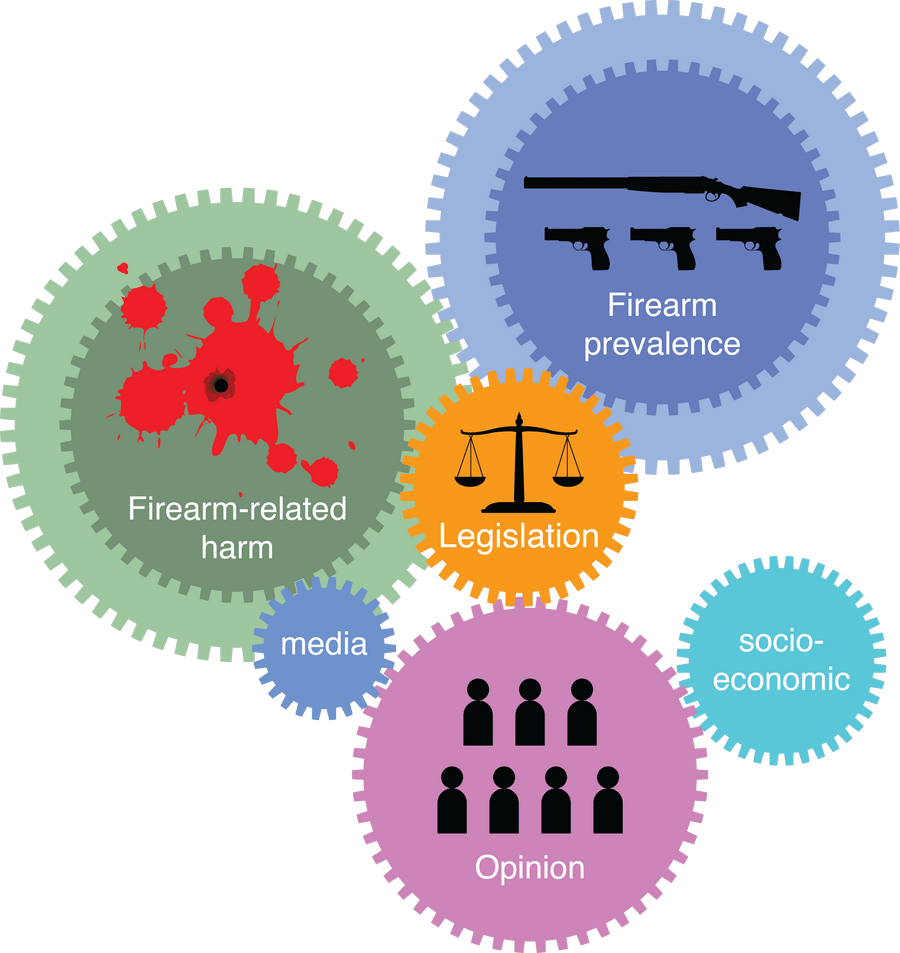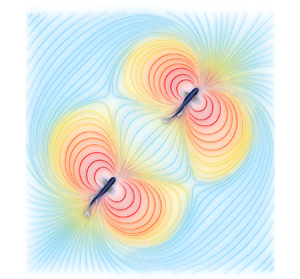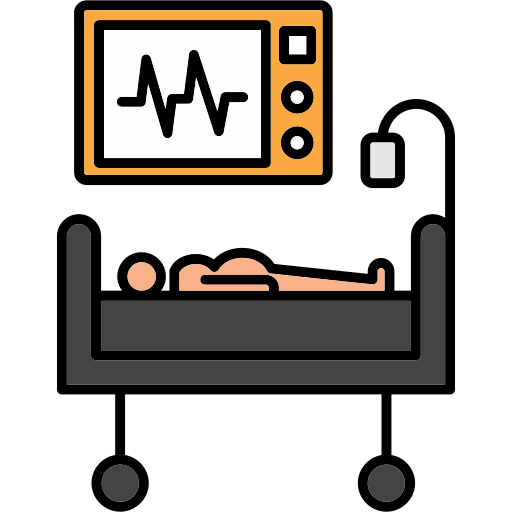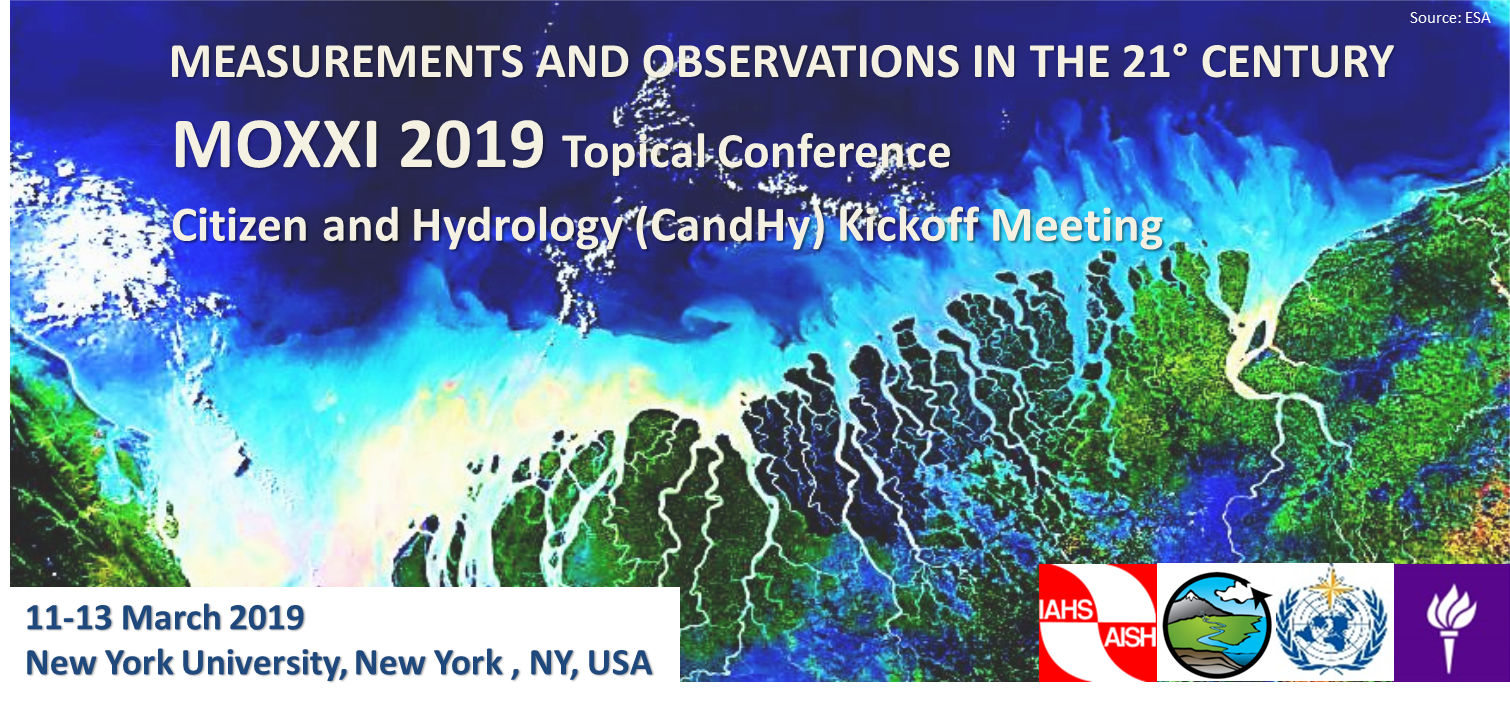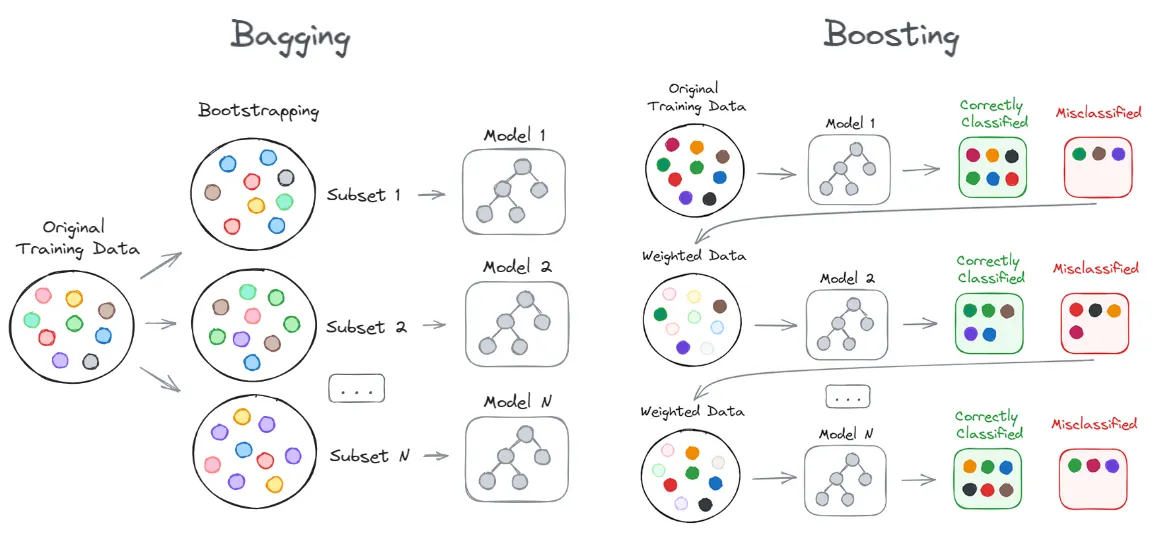My journey so far
From mechanical engineering to data science, explore the key milestones and experiences that have shaped my career path.
EDUCATION
EXPERIENCE

ML Engineer, GrantX
June 2025 - Present
Architecting production-scale AI systems for federal and private grant discovery, leveraging hybrid search and GenAI.
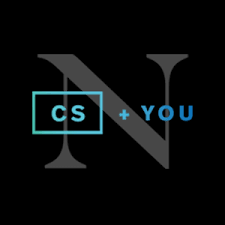
Graduate Teaching Assistant - CS5800 Algorithms, Khoury College of Computer Sciences
June 2024 - May 2025; September 2023 - December 2023
Facilitated graduate-level algorithms education through teaching, grading, and mentoring.

Engineering Data Scientist (Co-op), Veeco
January 2024 - June 2024
Applied advanced machine learning techniques to semiconductor manufacturing processes.

M.S. in Data Science, Northeastern University
January 2023 - May 2025
Graduated with a 3.867 out of 4.00 GPA, specializing in machine learning and distributed systems.

Researcher, NYU Dynamical Systems Laboratory
September 2018 - September 2022
Transitioned to data-driven research, securing $2.1M in funding and publishing in prestigious journals.
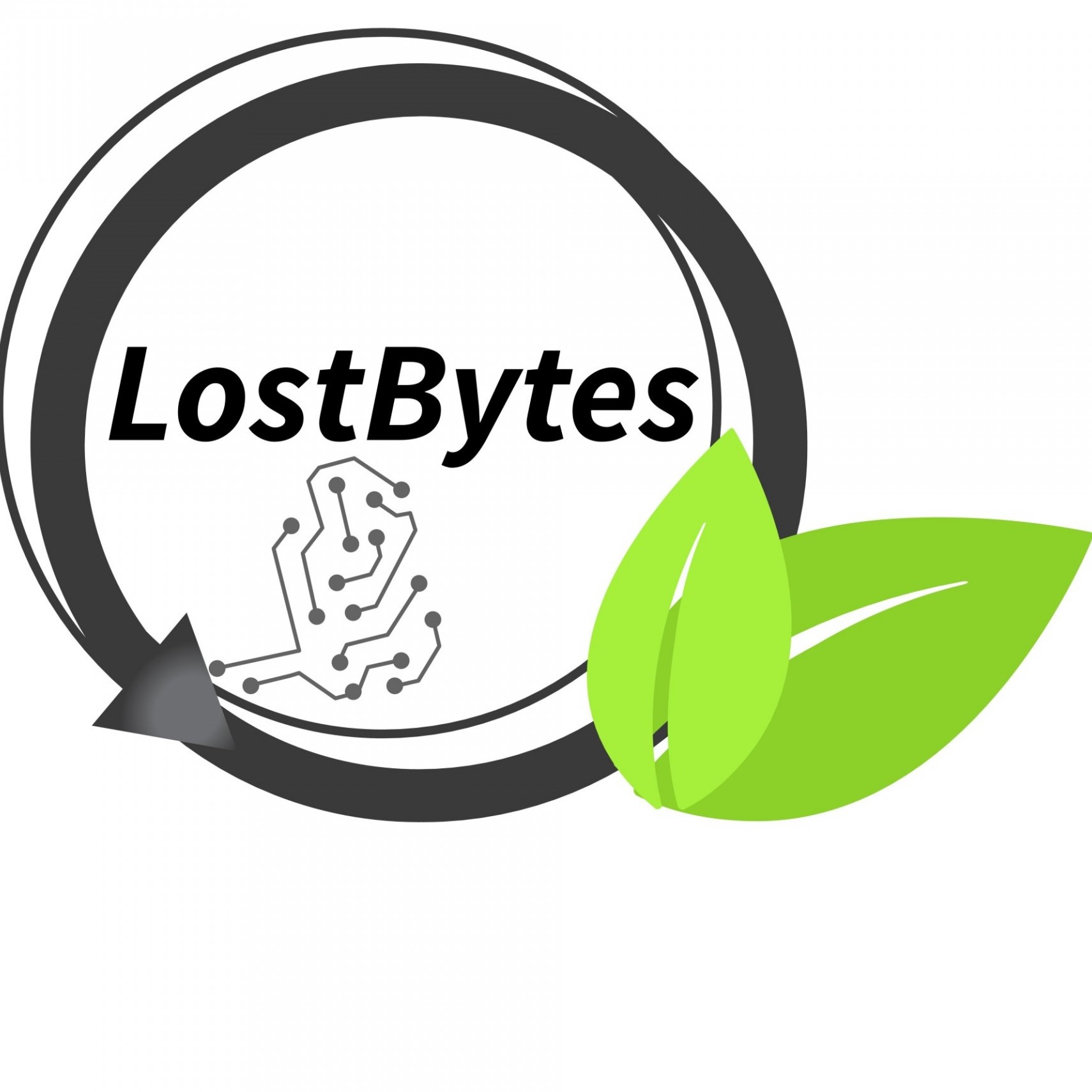
Mechanical Design Engineer, Lost-Bytes
November 2017 - January 2018
Engineered AI-enabled Digester prototype and developed food waste tracking software.

M.S. in Mechanical Engineering, NYU Tandon School of Engineering
September 2016 - May 2018
Master's Degree in Mechanical Engineering

Rural Electrification Project Engineer/Volunteer, WindAid Institute
July 2015 - September 2015
Applied engineering skills to sustainable energy solutions in rural Peru.

Cardiff Racing
December 2013 - December 2014
Contributed to the development of CR10 'Louisa', Cardiff Racing's innovative Formula Student car.

BEng. Mechanical Engineering, Cardiff University
September 2013 - May 2016
Bachelor's Degree in Mechanical Engineering
